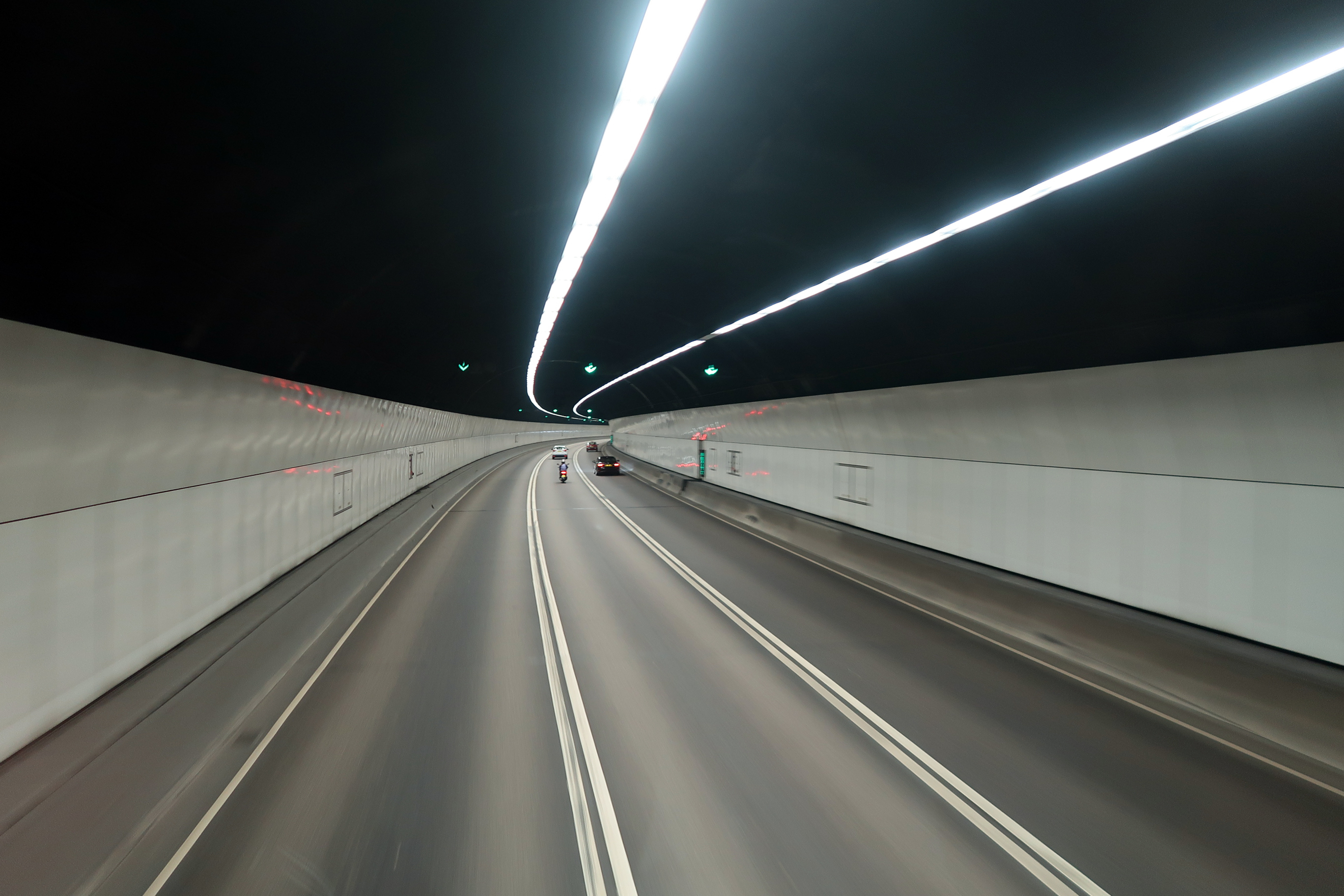Cheung Tsing Tunnel on:
[Wikipedia]
[Google]
[Amazon]
 Cheung Tsing Tunnel, also spelled Cheung Ching Tunnel, is a dual-tube, 3-lane
Cheung Tsing Tunnel, also spelled Cheung Ching Tunnel, is a dual-tube, 3-lane
A brief introduction by Tsing Ma Management Limited
{{Authority control Tsing Yi Road tunnels in Hong Kong Tunnels completed in 1997 1997 establishments in Hong Kong
 Cheung Tsing Tunnel, also spelled Cheung Ching Tunnel, is a dual-tube, 3-lane
Cheung Tsing Tunnel, also spelled Cheung Ching Tunnel, is a dual-tube, 3-lane tunnel
A tunnel is an underground or undersea passageway. It is dug through surrounding soil, earth or rock, or laid under water, and is usually completely enclosed except for the two portals common at each end, though there may be access and ve ...
on Tsing Yi Island, Hong Kong. It is part of Route 3. Its east end connects to Cheung Tsing Bridge and west Cheung Tsing Highway. The tunnel was opened on 22 May 1997 and is the second toll-free tunnel in Hong Kong. Its length is about 1.6 kilometres.
Construction
The tunnel was named "Cheung Ching" (長青) because it is beneath Cheung Ching Estate, the first public housing estate on the island. Construction through thegranite
Granite ( ) is a coarse-grained (phanerite, phaneritic) intrusive rock, intrusive igneous rock composed mostly of quartz, alkali feldspar, and plagioclase. It forms from magma with a high content of silica and alkali metal oxides that slowly coo ...
of Tsing Yi Peak required explosives
An explosive (or explosive material) is a reactive substance that contains a great amount of potential energy that can produce an explosion if released suddenly, usually accompanied by the production of light, heat, sound, and pressure. An exp ...
to get through the hardness of the hill. To prevent dislodging of rocks and buildings on the surface slopes, the rocks were reinforced by concrete
Concrete is a composite material composed of aggregate bound together with a fluid cement that cures to a solid over time. It is the second-most-used substance (after water), the most–widely used building material, and the most-manufactur ...
and steel
Steel is an alloy of iron and carbon that demonstrates improved mechanical properties compared to the pure form of iron. Due to steel's high Young's modulus, elastic modulus, Yield (engineering), yield strength, Fracture, fracture strength a ...
. Although the tunnel used explosives in its construction, boring was more used as the primary digging procedure.
Construction commenced in May 1993 and was completed in January 1997.
Management
The tunnel was managed by Tsing Ma Management Limited under Tsing Ma Control Area, along with Tsing Ma Bridge, Kap Shui Mun Bridge, Ting Kau Bridge, Rambler Channel Bridge, North Lantau Highway and Tsing Kwai Highway. The tunnel traffic is monitored in the buildings at both end, namely East Portal and West Portal Buildings.References
External links
A brief introduction by Tsing Ma Management Limited
{{Authority control Tsing Yi Road tunnels in Hong Kong Tunnels completed in 1997 1997 establishments in Hong Kong